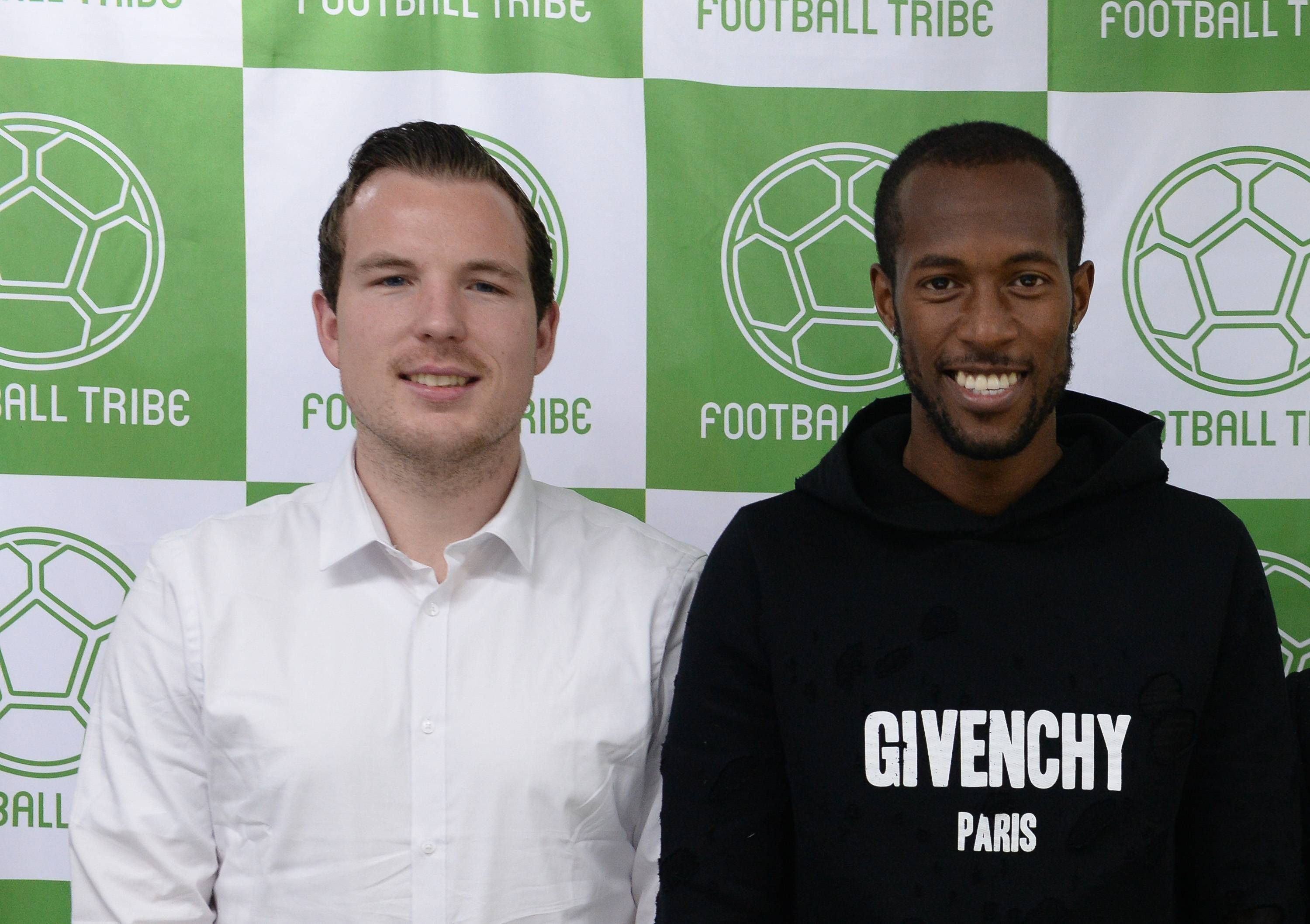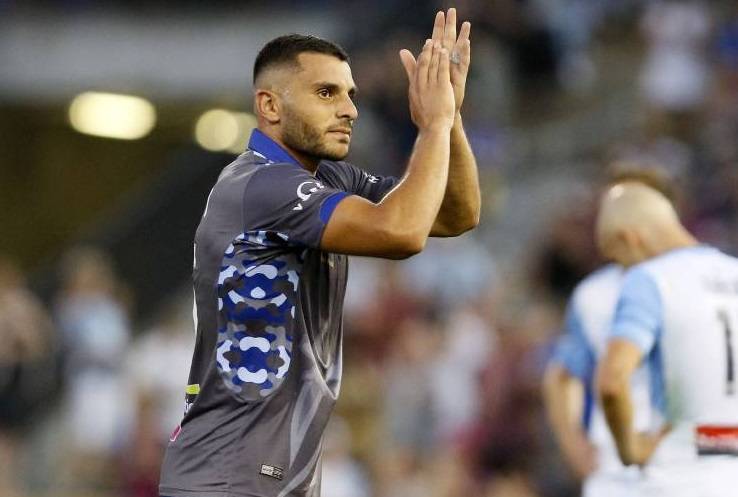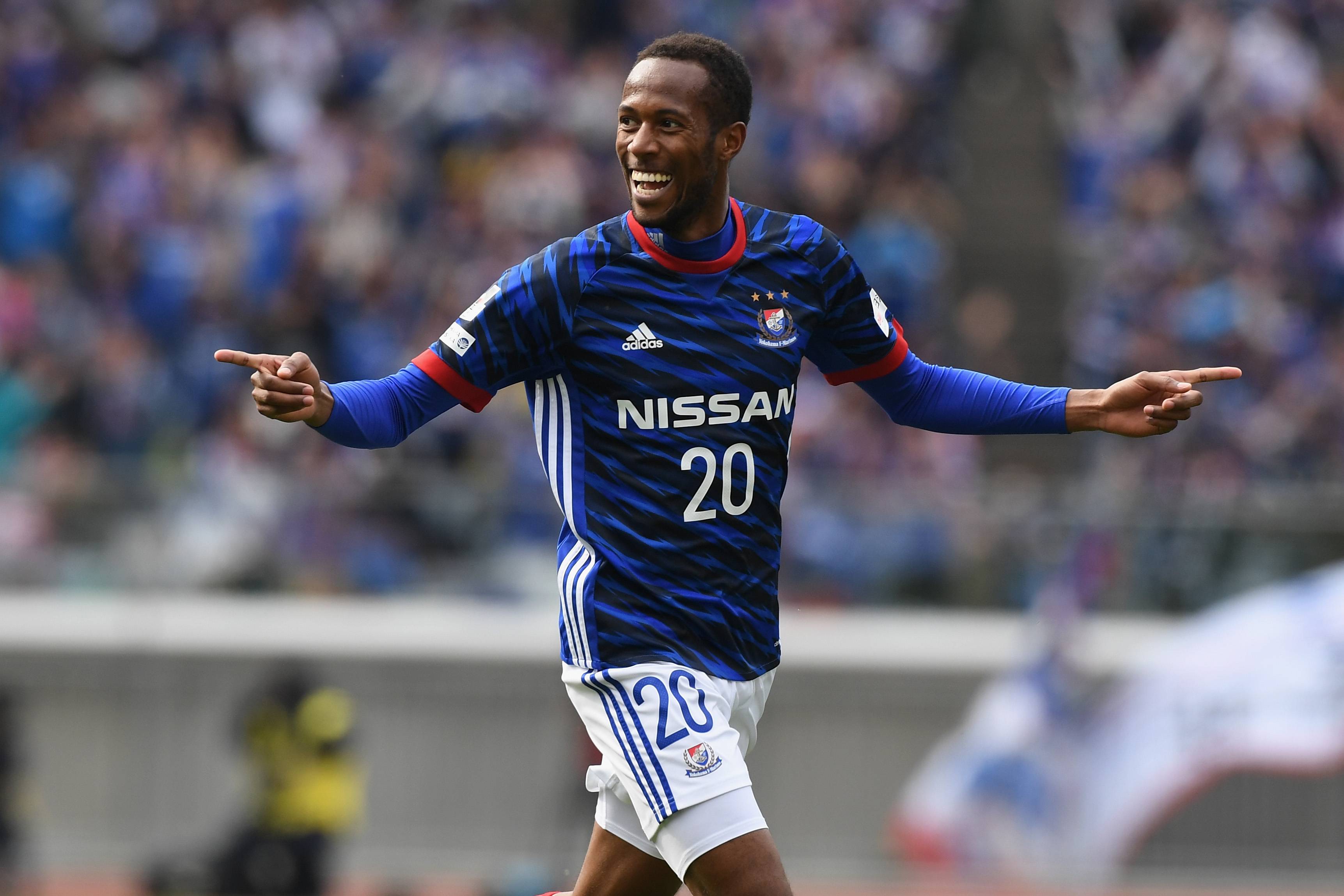
With the addition of goal line technology and video assistant referees in recent years, modern football has undoubtedly entered a new technological era. But as many clubs begin to rely on ‘big data’ to improve performances at a team level, tactical analyst Loran Vrielink is making an impact at the individual level with his innovative take on player behavior.
Loran sat down with Football Tribe earlier this month to discuss his take on the game, joined by one of his rapidly-growing stable of clients: Urawa Reds midfielder Quenten Martinus.
How would you describe your profession?
Vrielink: I’m a tactical analyst of individual professional players. I focus on the individual because at the club they’re focused on the team, as is the head coach. The agent takes care of the individual, and I also want to help players go to bigger clubs and develop their performances.
Why did you choose this career?
Vrielink: I played professional basketball, which is more individual because you have smaller guys like me, and taller guys who need to dunk. As a result there are different trainers who focus on dribbling skills and individual aspects. Football is more team-based.
I also worked in schools, making videos of kids’ behavior to show their parents how kids behave in classes. I combined these two into football and started this company two years ago. I studied in Barcelona for a month and saw how important individual influence can be.
What makes football a harder sport to analyze statistically than basketball or baseball?
Vrielink: It’s harder to apply because it’s more complex. There are 22 players interacting with each other in football, while basketball has 10. Basketball has a lot of statistics such as shot location.
Data in football is advancing quickly. But I don’t look so much at data; I look at behaviors. If [Martinus] beats his opponent but his teammate doesn’t score, he’s played well but nobody has seen that performance. You can see some things in statistics, but not everything.
How do you visualize behavior?
Vrielink: It can be tricky. I take small video clips from each game and look at his behavior. I look at him for 90 minutes, so I don’t know what the left back did. I see his behavior every week, so I see how he performs on crosses or when defending. When you do that every week, you understand the player’s behavior.

Martinus, what inspired you to bring on an analyst?
Martinus: I think I’m hard on myself. I know I have a lot of qualities but I saw that they weren’t coming out as much as they should; I thought I could do a lot more. My agent saw the same thing and proposed this to me. I spoke with Loran and we did a private session, and from that I saw a lot of good things. I saw that I could improve myself, and I saw a lot of things that made me question what I was doing on the pitch.
He showed me what I need to do on the pitch, and you can’t see that with data. Behavior has nothing to do with statistics. I thought I could learn a lot more from Loran, because in football you not only need talent and statistics, but also the mentality.
Is Martinus a good student?
Vrielink: He’s is a very good student. In the beginning everyone doubts what we do, because I’m a nobody. I’m not a former player. But there’s a certain moment where something changes in the player’s behavior, when they think “Hey, Loran was saying something interesting” and I see that back on the field. I love to work with him, otherwise I wouldn’t be here.
Is it easier or harder to learn these new behaviors when your teammates aren’t going through the same training?
Martinus: It’s really individual. I only look at myself and what I need to do. If he tells me to work a certain way, I will. If I don’t get the ball, it’s not my mistake. Loran isn’t telling me what to do, he’s asking me why I do these things. So he’ll ask how my coach wants me to run, or how my teammates react to me doing certain things.
Vrielink: Every coach has a different strategy, so I need to adapt that, rather than apply my vision. I help the player get better in that system. The goal is to make the best Martinus possible within the coach’s philosophy.
Martinus: He looks at my position, so if he sees that I stay and wait instead of going for the ball when it comes in a certain direction, he’ll point it out. It’s individual for me, but I need to fit in a team.
What’s your process like?
Vrielink: We start with a free tactical session, because I want to show players their capabilities. I’ll look at each half, and in one half I might have 70 clips. I show players the good things, but also bad things they’ll do in the same situation.
We start with one fundamental each for offense and defense, and add more until all of the individual fundamentals are mastered and the player knows what he does, good or bad, and how he can do better the next time.
What does it feel like to go through that process?
Martinus: It’s kind of fun. Every week you look at yourself, and you also make progress, which is good to see. If you see the things you normally do and you fall back in your old patterns, you reflect on it. It’s nice to look back on how you play and what you did well.
Vrielink: The longer you work, the more positive things will happen. He may do something wrong the first time, but then the second time he does it perfectly because he knows what will happen. During the process he will be ‘consciously competent’. Most players are ‘unconsciously incompetent’, and by showing them these clips they become conscious about what they’re doing right and wrong. A player like Iniesta is ‘unconsciously competent’: he does everything well without knowing why.
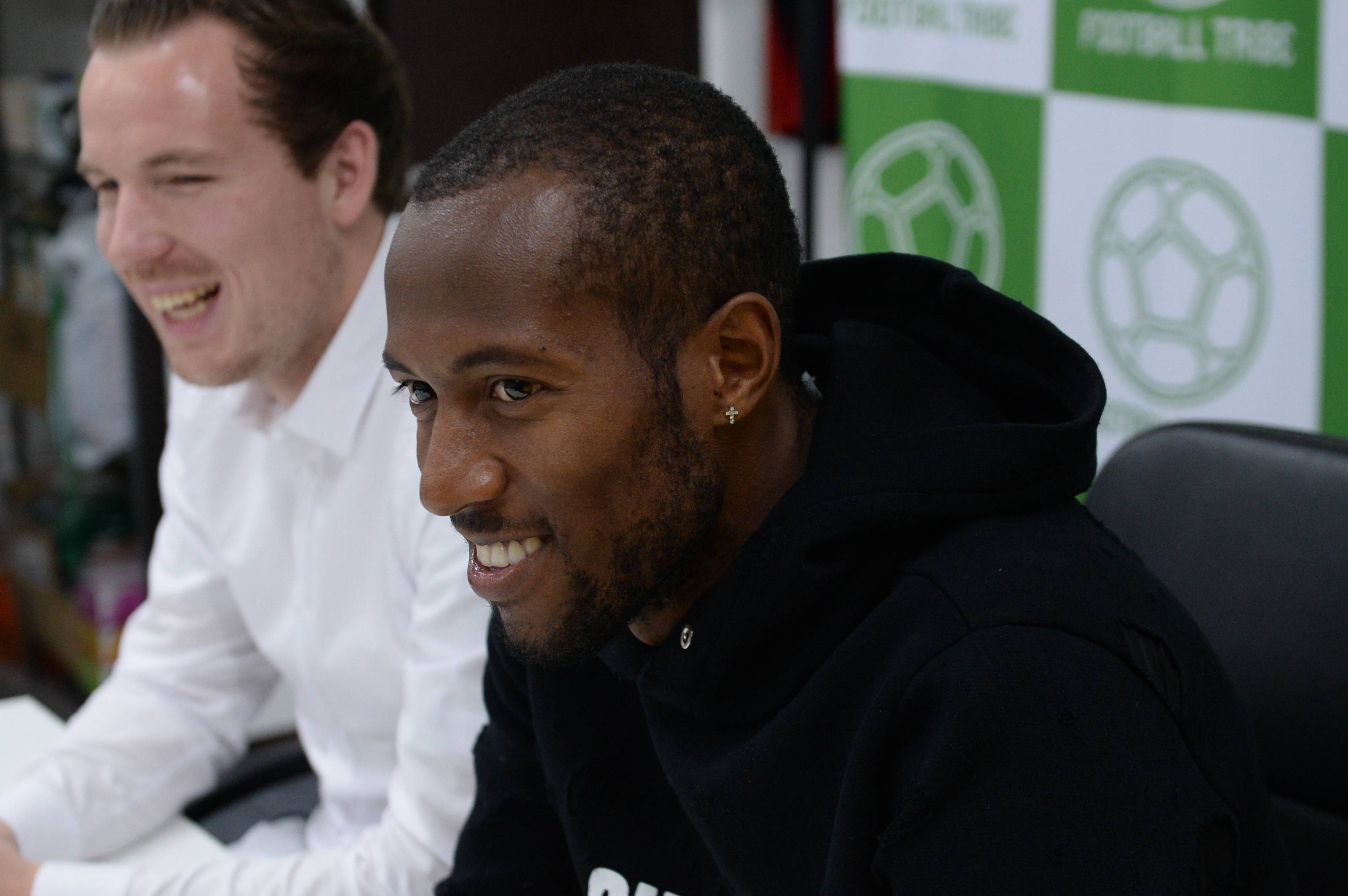
How did you learn so much about football even though you didn’t play professionally?
Vrielink: Some players doubt me because of that, coaches as well. They’ll call me a ‘laptop coach’, especially the ex-professional players who are coaches. Football is changing to include more data and analysis. In Germany they’re ahead of (Holland) because young coaches put so much time and energy into understanding the game. Ex-players played, but they didn’t put time into understanding the game. As a coach you need to understand everyone’s role, not just your own.
Martinus: I think we need to combine these viewpoints. Sometimes something happens on the pitch, and you don’t see it on video. I explain why I did something, and he understands it. We analyze together. And that helps him understand my behavior.
It sounds like there’s a lot of trust involved in your relationship.
Martinus: When Loran asks me what happened in a certain moment, I think “what answer are you looking for?” But I explain and he understands.
Loran: It’s important to have a connection with each other, or it won’t work. I only want happy players who think they can improve. When I see a player do something I’ve discussed with them or taught them, that’s amazing to see. Every week I sit in front of the TV and hope all of my players will play their best game yet.
What’s the common quality in the players you work with?
Vrielink: They need to want to work on themselves. Most players are critical about themselves, but also about their teammates. Players have to be open and willing to look at their own performance. It takes time to work on these things, and you need a work ethic because there’s training and analysis on top of that. Sometimes it can be frustrating, but all of my players are willing to do it.
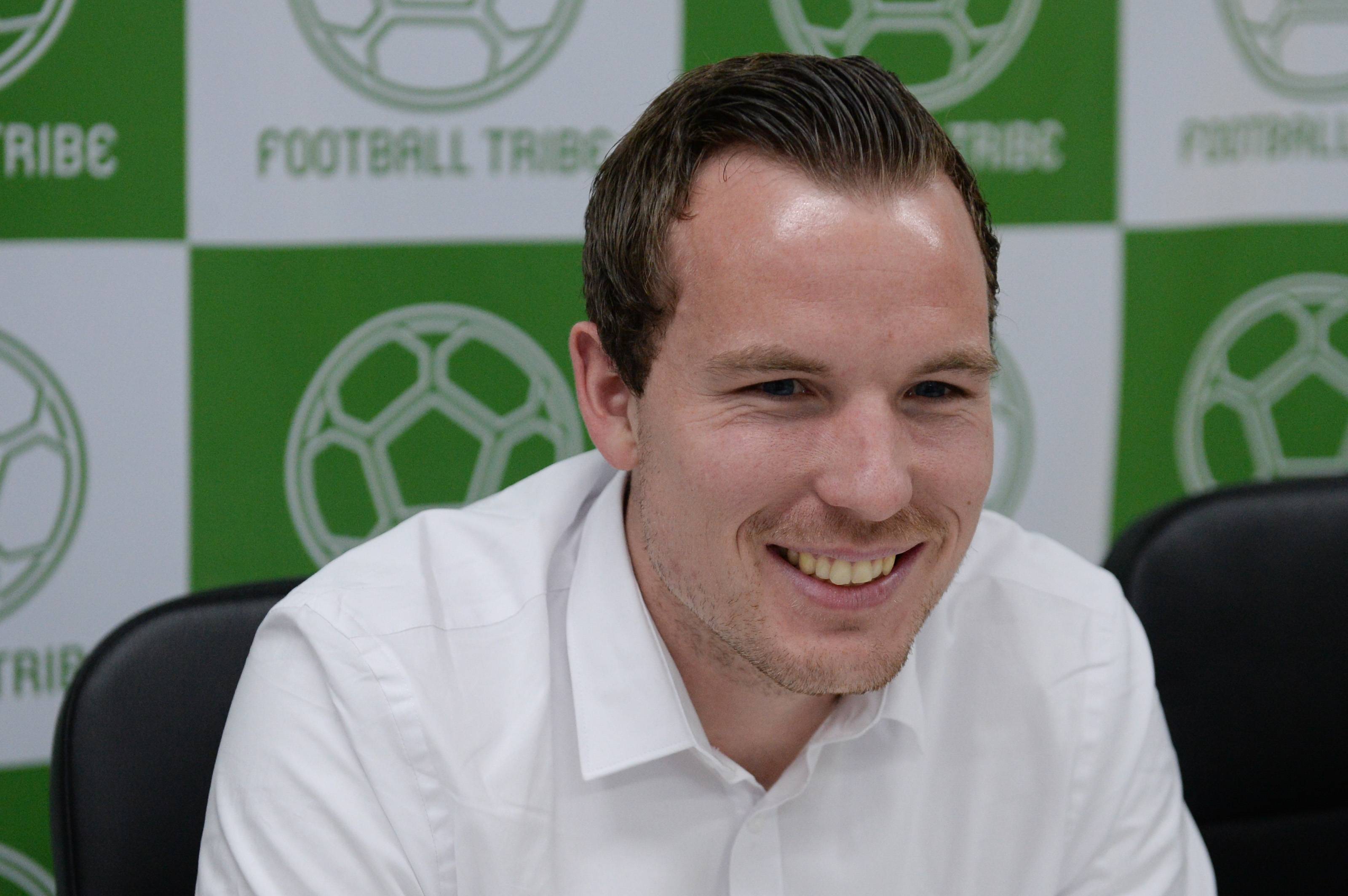
What would you suggest to those interested in this sort of work?
Vrielink: Watch one player for 90 minutes. You’ll understand the influence of that player. 80 percent of the fans watch the ball, or behind or in front. But if you watch the player you’ll see his behaviors and see behaviors nobody will see. Sometimes I’ll show (Martinus) clips and he’ll say “what? When did this happen?” The things you’ll see won’t be statistics. It takes concentration to see the influence of the individual.
Your company seems to be growing quickly.
Vrielink: During the first year I did everything by myself. I started with (Dutch international and Swansea midfielder) Leroy Fer in November 2016. In January I started with Quenten. Now there are eight staff and I’m already looking toward next season, because more players are coming. We have 18 clients and are in talks with another 15.
You’re 26 years old and already a pioneer in the field; what’s the end goal?
Vrielink: I want to be a head coach; for me this is a first step. It’s gone very fast in two seasons. I hope to get better and then go to a professional club and show what I can do, and coach a big club in Europe.
